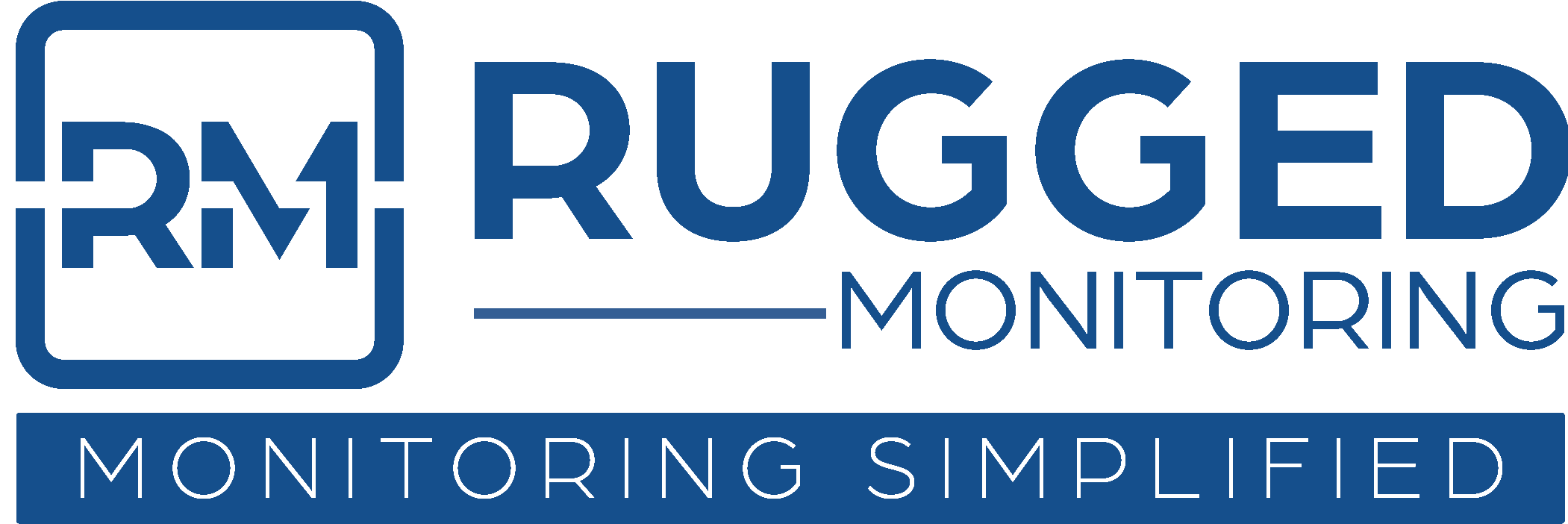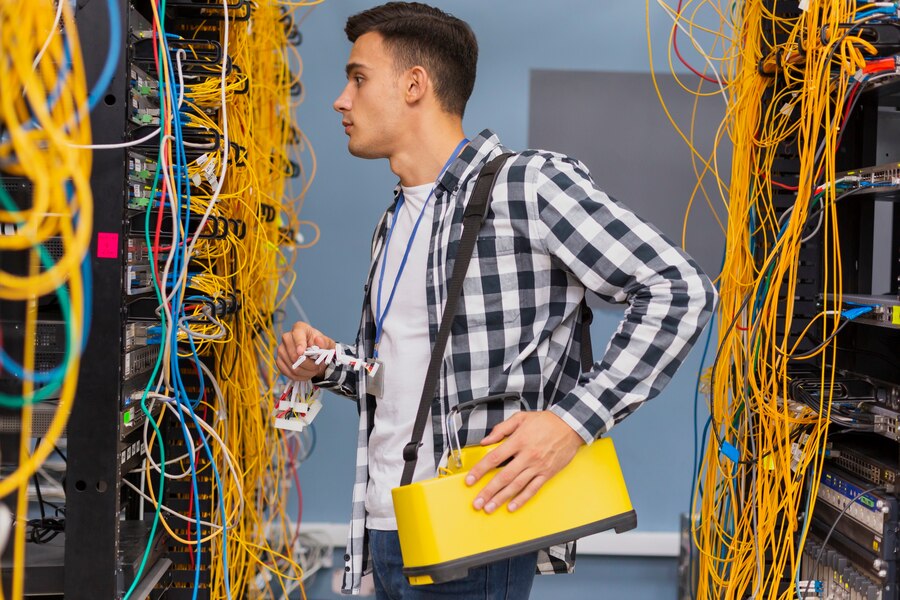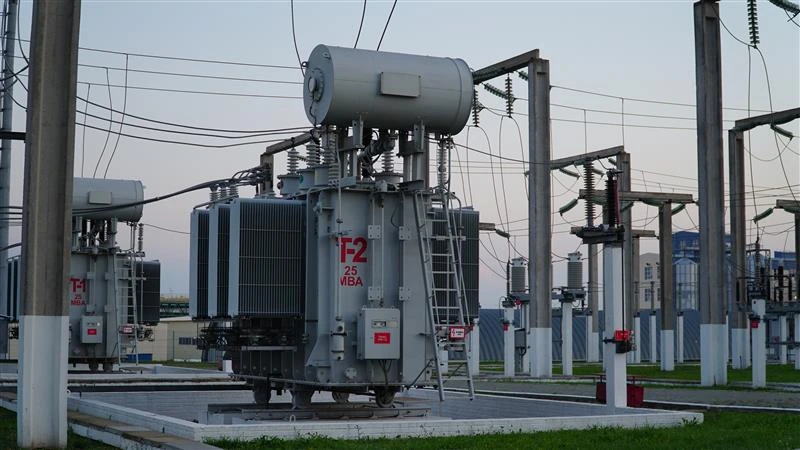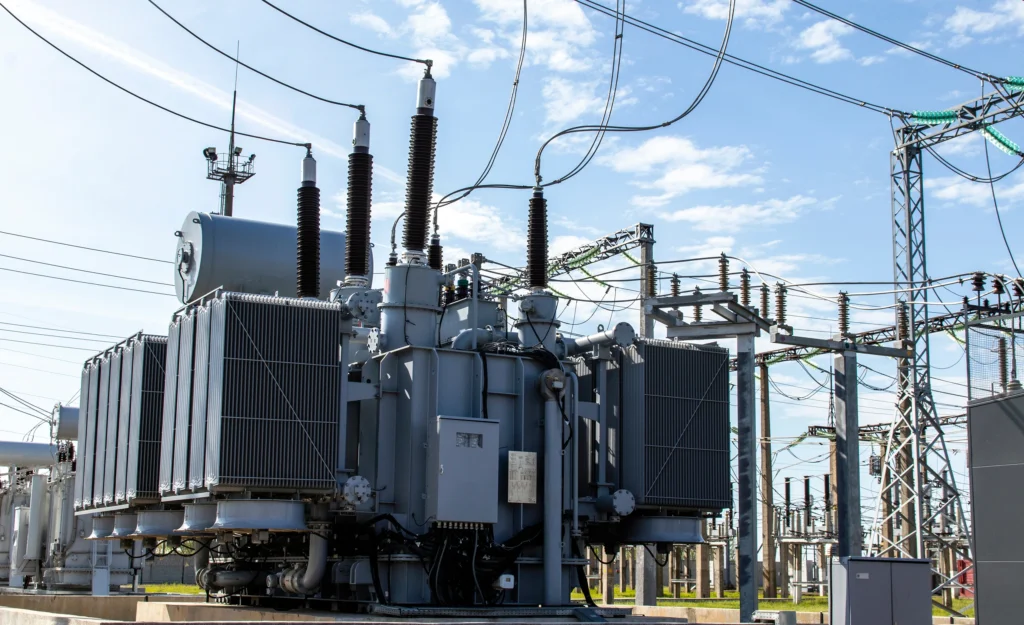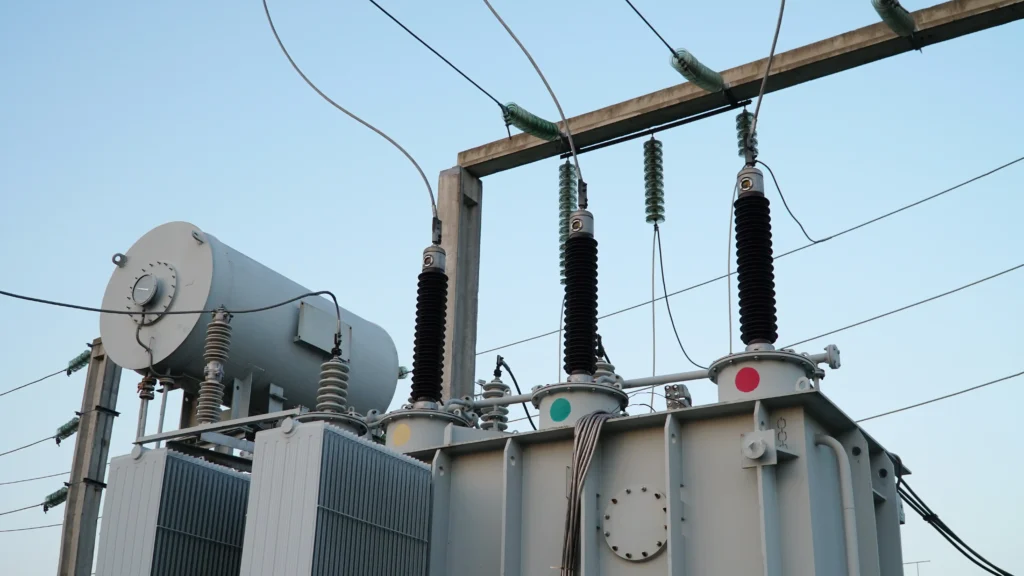Introduction
Cable testing, an integral component of electrical asset management, is essential for ensuring the reliability and longevity of electrical infrastructure. With the evolution of advanced techniques, cable testing has become more efficient and effective, providing accurate insights for optimal asset management.
In the ever-evolving world of electrical asset management, understanding the basics of cable testing is paramount. Not only does it ensure safety and compliance, but it also optimizes performance, ensuring that electrical systems remain robust and reliable. As technology advances, so do the methods and instruments used in cable testing, making it an exciting field with constant innovations.
The Significance of Cable Testing
Effective cable testing is essential for several reasons:
- Safety Assurance: Faulty cables can lead to electrical fires, equipment damage, and even endanger human lives. Regular testing ensures that cables meet safety standards.
- Reliability and Continuity: Uninterrupted power supply is crucial for various industries. Cable testing helps identify weak points before they cause costly disruptions.
- Compliance with Regulatory Standards: Many industries are subject to stringent regulatory requirements. Cable testing helps demonstrate compliance with these standards.
- Cost Savings: Identifying and addressing cable issues early on can prevent costly repairs or replacements down the line.
Advanced Cable Testing Techniques
- Partial Discharge Testing:
Partial discharge testing is a non-destructive method used to detect insulation weaknesses in cables. It identifies small electrical discharges within the insulation, which can lead to eventual failure. By identifying these weak points early, maintenance teams can take proactive measures to prevent catastrophic failures.
- Time Domain Reflectometry (TDR):
TDR is a powerful tool for assessing the health of cables. It sends a signal down the cable and measures the time it takes for the signal to reflect back. This information helps identify issues like breaks, shorts, or impedance mismatches within the cable.
- Dielectric Frequency Response (DFR) Analysis:
DFR analysis assesses the dielectric properties of insulation. By measuring capacitance and dissipation factor over a range of frequencies, it provides valuable insights into the condition of the cable’s insulation system.
- DC Hi-Pot Testing:
This high potential (hi-pot) test applies a high voltage to the cable to ensure that it can withstand operating conditions. It helps identify any weaknesses or defects in the insulation that might lead to breakdowns under normal operating conditions.
- Thermal Imaging:
Thermal imaging is a non-contact technique that can identify hotspots or abnormal temperature variations along a cable’s length. This can be indicative of underlying issues such as overloading or poor connections.
Advanced techniques like partial discharge testing, TDR analysis, DFR analysis, DC Hi-Pot testing, and thermal imaging have significantly enhanced our ability to identify and address potential cable issues before they escalate into costly problems. By incorporating these techniques into regular maintenance practices, industries can ensure the safety, reliability, and longevity of their cable systems, ultimately leading to more efficient and cost-effective operations.
The Role of Cable Testing in Asset Management
In the realm of electrical asset management, cable testing stands as a sentinel, safeguarding both assets and operations. Its role is not just confined to ascertaining the health of cables, but spans a broader spectrum, touching upon predictive maintenance, cost efficiency, and compliance. Let’s delve deeper into how cable testing plays an indispensable role in optimal asset management.
“Predictive Maintenance” One of the most significant advantages of timely cable testing is its ability to offer predictive maintenance insights. By evaluating the health and integrity of electrical cables, potential issues can be identified before they escalate into major faults. This proactive approach allows for timely interventions, ensuring that assets remain operational and mitigating the risk of unexpected downtimes. Regular testing can provide a roadmap of potential wear and tear, enabling managers to schedule maintenance activities strategically and effectively.
“Extending Asset Lifespan” The longevity of electrical assets is directly proportional to their maintenance regimen. Regular cable testing ensures that any degradation in cable performance is detected and addressed promptly. By identifying and rectifying minor issues, the overall lifespan of the cables, and by extension, the associated electrical assets, can be significantly prolonged. This not only ensures reliability but also translates into substantial savings in the long run by deferring the need for replacements.
“Cost Efficiency” An ounce of prevention is worth a pound of cure. In the context of cable testing, the early detection and rectification of faults can lead to significant cost savings. Unaddressed cable faults can culminate in catastrophic failures, leading to expensive repairs and replacements. Furthermore, unexpected downtimes can result in operational losses. Regular cable testing, thus, becomes an investment that pays rich dividends by averting potential financial pitfalls.
“Ensuring Safety and Compliance” Beyond the operational aspects, cable testing is pivotal in ensuring the safety of both the assets and the personnel operating them. Faulty cables can pose severe safety risks, including electrical fires or equipment malfunctions. Regular testing ensures that these risks are minimized. Moreover, in many regions and industries, regular cable testing is not just a best practice but a regulatory mandate. Adherence to these standards not only ensures operational safety but also keeps establishments compliant, avoiding potential legal ramifications.
The role of cable testing in asset management is multifaceted. It’s not just about gauging the health of cables but encompasses a broader strategy aimed at optimal asset management. By ensuring safety, prolonging asset lifespan, predicting maintenance needs, and ensuring cost efficiency, cable testing proves to be an invaluable tool in the arsenal of asset managers.
The Impact of Technology on Cable Testing
The evolution of technology has drastically transformed the landscape of many industries, and cable testing is no exception. With the integration of advanced technologies, the realm of cable testing has transcended traditional boundaries, offering more precise, efficient, and holistic solutions. In the pursuit of optimal asset management, understanding the convergence of cable testing with modern technological advancements is pivotal.
“Integration with IoT” The Internet of Things (IoT) has ushered in a new era for cable testing. By embedding sensors and smart devices within cable systems, real-time monitoring has become a reality. These connected devices can instantly relay information about the cable’s performance, potential faults, and overall health. This continuous stream of data ensures that potential issues can be identified and addressed promptly, drastically reducing downtime and ensuring uninterrupted service.
“Use of AI and Machine Learning” Artificial Intelligence (AI) and Machine Learning (ML) have revolutionized the predictive analysis landscape in cable testing. These technologies analyze historical and real-time data to predict potential faults and their locations even before they manifest. This proactive approach ensures that maintenance can be scheduled based on actual cable health rather than predetermined intervals, leading to more efficient use of resources and extended cable lifespan.
“Remote Monitoring” The days of manual, on-site cable testing are being phased out with the advent of remote monitoring solutions. Using advanced sensors and communication technologies, cable health can be monitored from afar, allowing for quick responses to any anomalies. This not only reduces the need for frequent on-site visits but also ensures that potential issues are addressed promptly, safeguarding the reliability of electrical assets.
“Data Analytics” In an era of Big Data, the vast amounts of information generated from advanced cable tests are gold mines for optimal asset management. Data analytics tools can process this data to provide insights into patterns, performance trends, and potential areas of concern. This data-driven approach ensures that decision-making is rooted in concrete evidence, leading to better asset management strategies and prolonged asset life.
The fusion of technology with cable testing exemplifies the ongoing progress within the electrical asset monitoring sector. Embracing these technological strides empowers stakeholders to guarantee the endurance and dependability of their assets, transforming optimal asset management from a mere aspiration into a tangible achievement.
Challenges and their Solutions in Cable Testing
Cable testing, while indispensable for optimal asset management, is not without its challenges. With the complexity of modern electrical networks and external environmental factors, cable testing can often be a demanding endeavour. Moreover, with technology continuously evolving, ensuring adaptability and cost efficiency becomes crucial. This section delves into some of the primary challenges faced during cable testing and offers solutions to address them effectively.
“Dealing with Complex Cable Networks” Modern electrical setups, especially in urban landscapes, can be incredibly intricate. These complex networks, with myriad interconnections and branching, make comprehensive cable testing a daunting task. However, with the application of advanced imaging and detection techniques, technicians can navigate these networks more effectively. Utilizing tools like Time Domain Reflectometry can help pinpoint exact fault locations, ensuring thorough testing even in the most convoluted setups.
“Environmental Factors” Cables, often exposed to various environmental conditions, are susceptible to factors like temperature fluctuations, moisture, and even chemical exposures. These factors can significantly influence the accuracy of cable tests. By employing tests that factor in these environmental variables, such as thermal imaging for temperature effects or moisture detection sensors, technicians can achieve more accurate results, ensuring the reliability of the testing process.
“Technological Adaptability” As the realm of cable testing evolves, staying updated with the latest techniques becomes imperative. Technicians and engineers need regular training sessions and workshops to acquaint themselves with new testing methods. Furthermore, investing in the latest equipment and tools can significantly enhance testing accuracy, ensuring that the process remains at the forefront of technological advancements.
“Cost Concerns” Frequent and comprehensive cable testing, while crucial, can be a significant expenditure for many organizations. Balancing between the need for regular testing and budgetary constraints becomes a primary concern. Implementing a predictive maintenance approach, backed by data analytics, can help organizations schedule tests based on actual cable health rather than predetermined intervals. This not only ensures optimal asset health but also leads to more efficient resource allocation, striking a balance between cost and necessity.
Despite the inherent challenges in cable testing, which arise from the ever-changing nature of electrical networks and external variables, they are far from unconquerable. Through the utilization of technology, ongoing education, and thoughtful strategic approaches, organizations can maintain resilient, precise, and budget-conscious cable testing processes. This, in turn, results in extended asset durability and dependability.
The Road Ahead: Future Trends in Cable Testing
The dynamic landscape of the electrical industry is continuously evolving, with cable testing at its forefront. As we navigate the complexities of modern electrical setups and the demands for reliability, it’s imperative to keep pace with the emerging trends in cable testing. This section shines a light on the forthcoming advancements, emphasizing how they will shape the future of optimal asset management and ensure the longevity of electrical installations.
“Emergence of Real-time Testing” The traditional approach of periodic cable testing is undergoing a transformation. The future lies in real-time cable monitoring, where assets are continuously observed, ensuring any deviations or potential faults are identified instantaneously. This method not only enhances reliability but also reduces downtime, ensuring seamless operations. With the integration of IoT and sophisticated sensors, real-time testing offers a proactive approach to cable management, preempting failures before they escalate.
“Sustainability in Cable Testing” With growing concerns about environmental impact, the focus is shifting towards eco-friendly testing methods. These methods not only reduce the carbon footprint but also ensure that the testing process is sustainable in the long run. Techniques that minimize waste, utilize renewable energy sources, and reduce the need for physical interventions are gaining traction. Embracing sustainability in cable testing not only addresses environmental concerns but also paves the way for efficient and responsible asset management.
“Standardization Across the Globe” The electrical industry, with its global reach, requires a standardized approach to cable testing. This ensures that regardless of where the testing occurs, the protocols and benchmarks remain consistent. Universal standards facilitate the interoperability of systems and enable organizations to benchmark their processes against global best practices. The move towards a unified testing protocol ensures consistency, reliability, and quality assurance across the board.
“Integration with Smart Infrastructure” The synergy between advanced cable testing and smart infrastructure is undeniable. As the world gravitates towards smart grids, the integration of advanced cable testing techniques becomes paramount. These smart systems, equipped with AI and data analytics capabilities, can provide insights, forecasts, and real-time data, enhancing the accuracy and efficiency of cable testing. The convergence of these technologies ensures a holistic approach to asset management, where every component, from cables to grids, functions in harmony.
The future of cable testing is promising, marked by technological advancements, sustainability, and global collaboration. By staying attuned to these emerging trends, organizations can ensure that their assets remain reliable, safe, and efficient, ushering in a new era of optimal asset management.
Conclusion The realm of cable testing is continuously evolving, adapting to the demands of modern electrical infrastructure. By harnessing advanced techniques, optimal asset management becomes attainable, ensuring the safety, reliability, and longevity of electrical assets.
